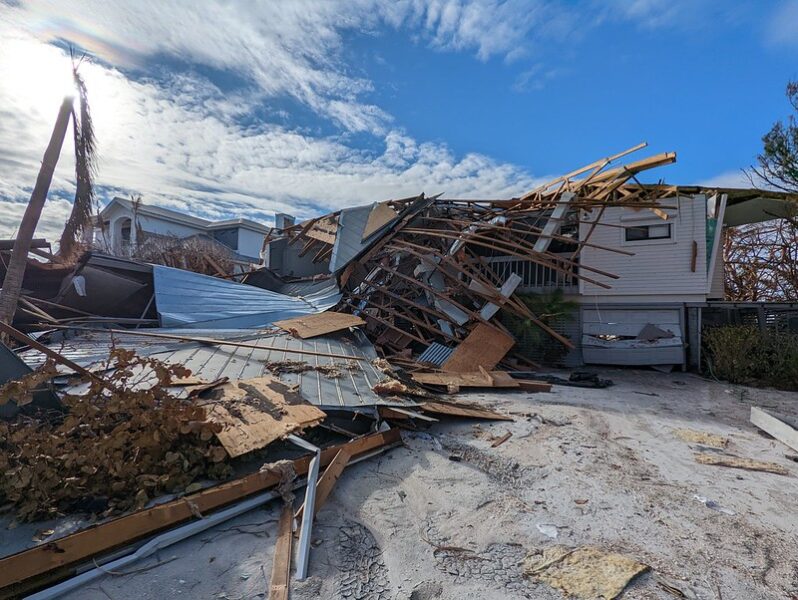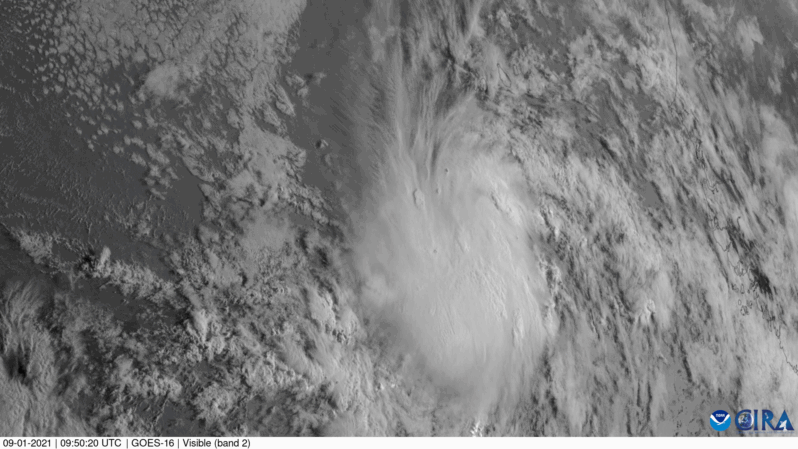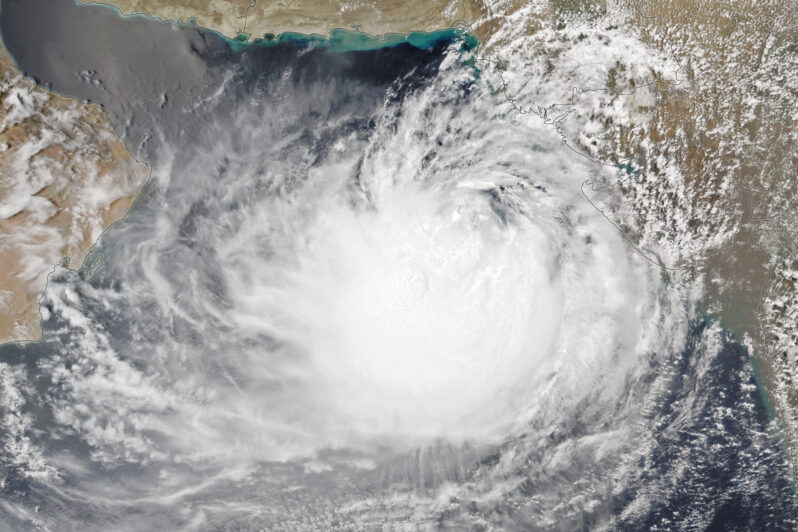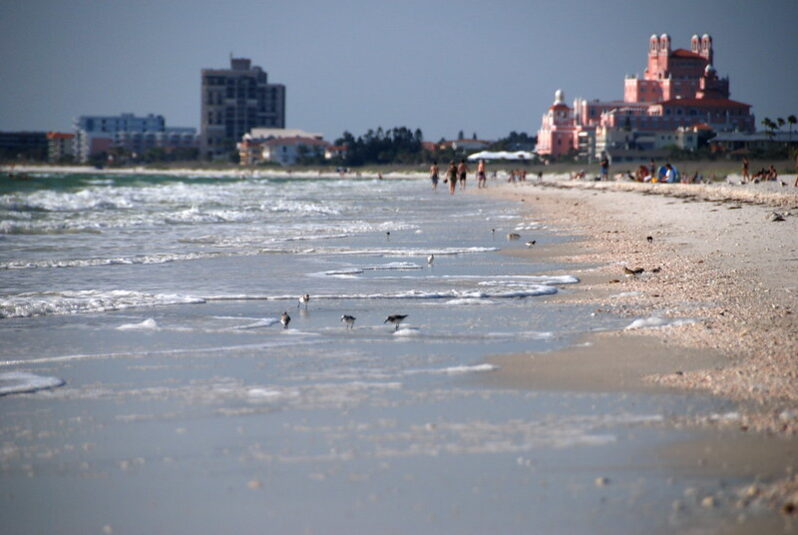Hurricanes are intensifying more rapidly – and the most vulnerable communities are hit hardest – the Guardian

Hurricanes are more frequently escalating quickly, and the places they destroy may be those disadvantaged by racist housing policy…
Oh Good, Hurricanes Are Now Made of Microplastics – Wired Magazine

When Hurricane Larry made landfall two years ago, it dropped over 100,000 microplastics per square meter of land per day. It’s another ominous sign of how plasticized the environment has become…
Hurricanes push heat deeper into the ocean than scientists realized, boosting long-term ocean warming, new research shows – the Conversation

Seven years ago an exceptionally strong El Niño took hold in the Pacific Ocean, triggering a cascade of damaging changes to the world’s weather. Indonesia was plunged into a deep drought that fueled exceptional wildfires, while heavy rains inundated villages and farmers’ fields in parts of the Horn of Africa. The event also helped make 2016 the planet’s hottest year on record. Now El Niño is back…
Cyclone Biparjoy: India, Pakistan evacuate more than 170,000 – BBC News

Gale force winds and heavy rains are lashing coastal parts of north-west India and southern Pakistan as a powerful cyclone makes landfall.
Forecasters say it could be the area’s worst storm in 25 years and warned it threatens homes and crops in its path.
The cyclone is due to barrel through parts of India’s Gujarat state and Sindh province in Pakistan….
El Niño and extreme Atlantic Ocean heat are about to clash – the Conversation

Globally, warm sea surface temperatures that can fuel hurricanes have been off the charts in the spring of 2023, but what really matters for Atlantic hurricanes are the ocean temperatures in two locations: the North Atlantic basin…This year, the two are in conflict – and likely to exert counteracting influences on the crucial conditions that can make or break an Atlantic hurricane season. The result could be good news…But forecasters are warning that that hurricane forecast hinges on El Niño panning out…
How sea level rise contributes to billions in extra damage during hurricanes – Yale Climate Connections

Had Ian hit a century ago, when sea levels were about a foot lower, the storm probably would have caused billions less in storm surge damage, judging by the results from two studies looking at storm surge damage from 2012’s Hurricane Sandy in New York. Taken together, the study results suggest that rising seas left a huge portion of U.S. coastal infrastructure – much of it built during the 20th century – vulnerable to storm surges.
Small increases in storm surge can cause huge impacts…
‘Sand is like gold.’ The pricey race to restore Florida beaches before the next hurricane – KOAM News Now

For decades, Florida has been restoring its beaches by dredging or trucking in more sand. But the practice is becoming more challenging — and expensive, thanks to the rising cost of beach-quality sand. Offshore sand deposits, especially on Florida’s southeast coast, are dwindling after decades of repeated beach restoration projects. As local governments squabble over the right to use the remaining sand, its price is rising…
Florida’s Vanishing Beaches: The fight against coastal erosion – ABC Action News

According to a June report by the Florida Department of Environmental Protection, more than half of the 825 miles of coastline they surveyed are critically eroded…
